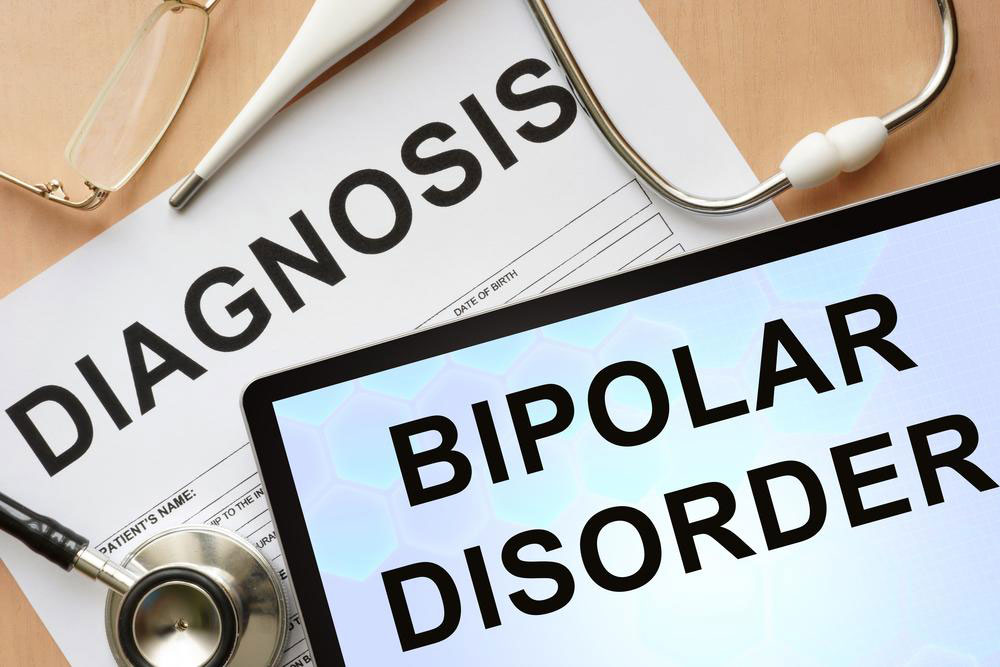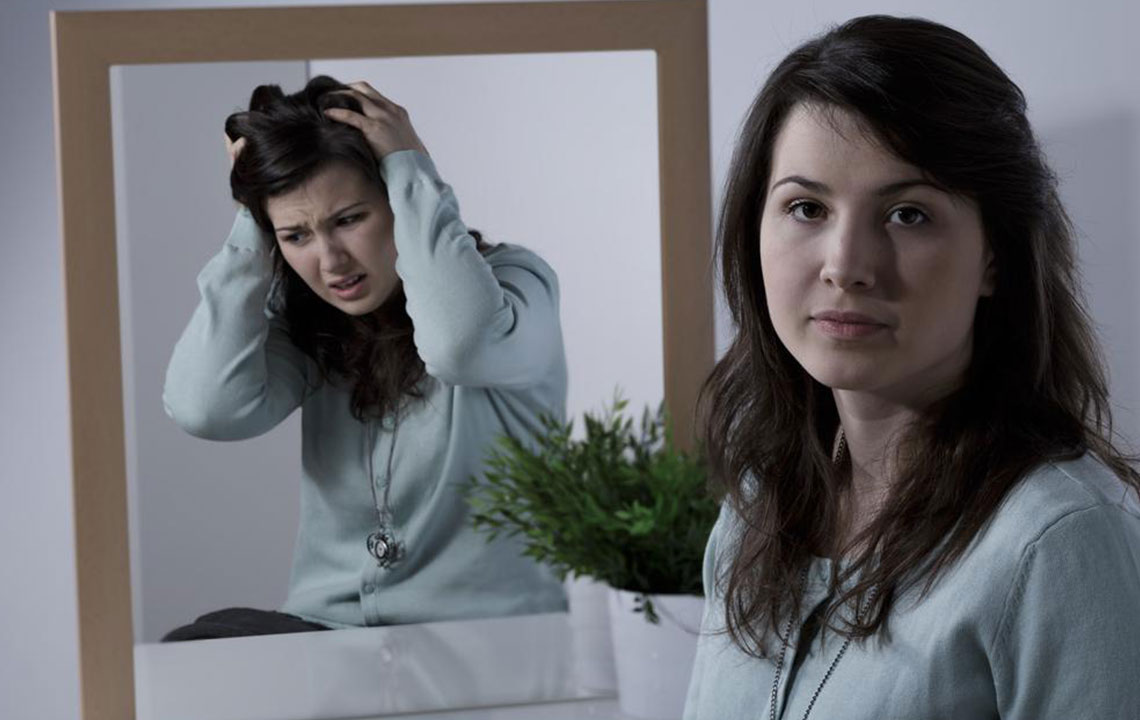Comprehensive Guide to Understanding Bipolar Disorder: Symptoms, Diagnosis, and Treatment
Learn everything about bipolar disorder, including its symptoms, diagnosis methods, and effective treatment options. This detailed guide offers valuable insights into managing this complex mental health condition, emphasizing the importance of early intervention and tailored care. Understand how mood swings differ in bipolar disorder and discover strategies to lead a stable, productive life despite challenges.

An In-Depth Look at Bipolar Disorder and Its Impact on Mental Health
Mental health challenges affect millions globally, often presenting in diverse forms that can be confusing and difficult to navigate without proper understanding. Among these conditions, bipolar disorder stands out as one of the most severe and complex mental illnesses due to its profound influence on brain function and emotional regulation. Recognizing its symptoms, diagnosis procedures, and available treatments is crucial for individuals affected, their families, and healthcare providers striving to manage and support affected individuals effectively.
Bipolar disorder, also known as manic-depressive illness, involves significant fluctuations in mood, energy, activity levels, and the ability to carry out daily tasks. While many people experience mood swings from time to time, those with bipolar disorder endure recurrent episodes of extreme mood states that are intense, persistent, and require specific medical intervention. These episodes are often unpredictable and can severely impair one’s quality of life if left untreated.
The hallmark of bipolar disorder lies in its biphasic nature, comprising manic or hypomanic episodes that are characterized by elevated, expansive, or irritable moods, and depressive episodes that involve persistent sadness, lack of interest in activities, and low energy. These episodes can occur separately or in mixed states that feature symptoms of both mania and depression simultaneously. The severity, frequency, and duration of these episodes vary among individuals, making each case unique and necessitating personalized treatment approaches.
Recognizing the Symptoms
Symptoms of bipolar disorder can range widely in presentation. During manic or hypomanic episodes, individuals often display increased confidence, heightened energy, rapid speech, decreased need for sleep, distractibility, and sometimes impulsive or risky behaviors. Conversely, depressive episodes bring about feelings of deep sadness, hopelessness, fatigue, irritability, changes in sleep and appetite, and difficulty concentrating. In severe cases, individuals may engage in reckless activities, substance misuse, or display poor judgment that can jeopardize their safety and relationships.
Types and Diagnosis
Bipolar disorder is primarily classified into two main subtypes: Bipolar I and Bipolar II. Bipolar I disorder requires at least one manic episode, which can be preceded or followed by one or more depressive episodes. In contrast, Bipolar II is characterized by hypomanic episodes — less severe than full manic episodes — along with depressive periods. Accurate diagnosis involves comprehensive psychiatric evaluation, detailed patient history, and sometimes collateral information from family members or caregivers. Diagnosing bipolar disorder can be complicated by overlapping symptoms with other mental health conditions, such as anxiety, personality disorders, or medical issues like thyroid abnormalities or substance abuse. Therefore, a thorough assessment by mental health professionals is vital for proper diagnosis and effective management.
Effective Treatment Strategies
Managing bipolar disorder requires a tailored, multifaceted approach combining medication, psychotherapy, lifestyle adjustments, and support systems. Medications play a crucial role and typically include mood stabilizers like lithium, anticonvulsants, antipsychotics, and sometimes antidepressants. These medications help regulate mood swings and reduce the severity and frequency of episodes. It is important for individuals to adhere strictly to prescribed regimens and conduct regular medical checkups to monitor effectiveness and side effects.
Psychotherapy is equally essential and may involve cognitive-behavioral therapy (CBT), psychoeducation, interpersonal and social rhythm therapy, and family-focused therapy. These approaches help individuals develop coping skills, recognize early warning signs of mood shifts, and implement lifestyle changes that promote stability. Building a strong support network is also critical; this can include family, friends, support groups, and mental health professionals committed to providing ongoing assistance.
In severe cases, hospitalization may be necessary, especially if there is a risk of self-harm, suicidal ideation, or inability to care for oneself. With proper treatment and support, many individuals with bipolar disorder can lead stable, productive lives. Early intervention, active participation in treatment plans, and regular follow-ups improve prognosis and quality of life significantly.
Raising awareness about bipolar disorder is imperative for reducing stigma, encouraging early diagnosis, and ensuring that affected individuals receive timely care. Ongoing research continues to explore new treatment options and deepen our understanding of this complex condition, offering hope for more effective therapies in the future.





